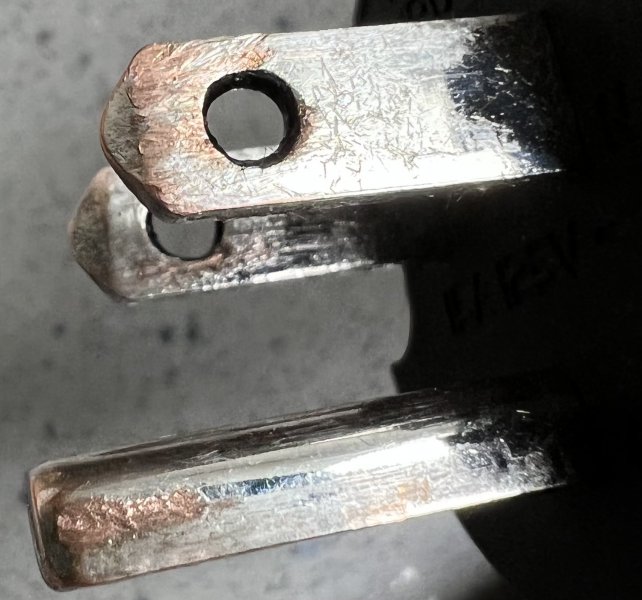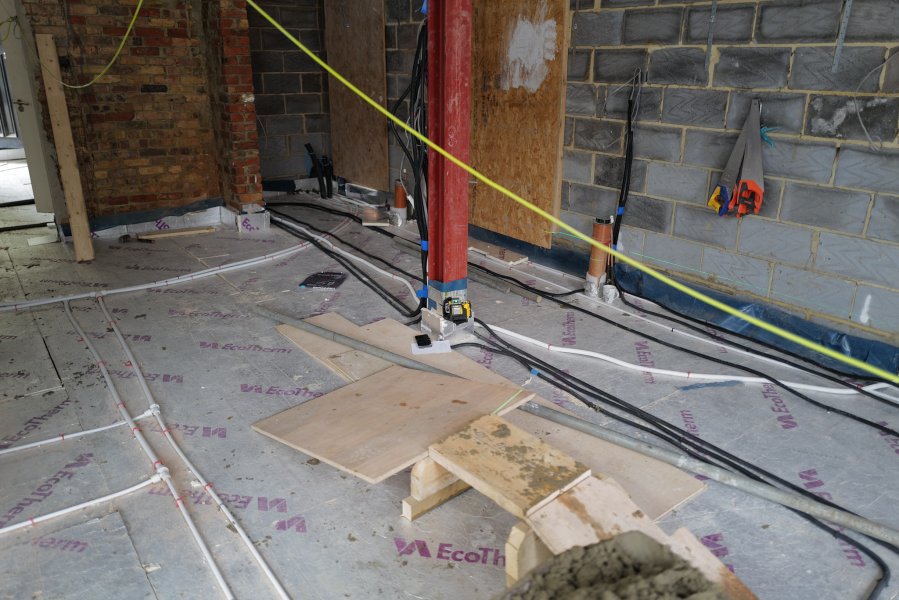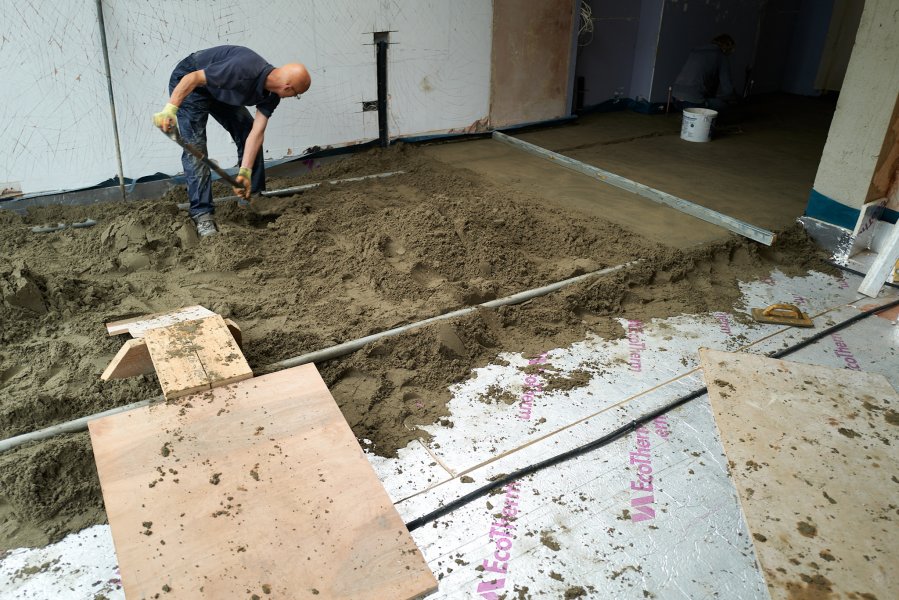You don't have to pay attention to a fuse if you don't want. You don't have to pay attention to any tuning if you don't want to. You are welcome to place your gear on a Ikea media center and use Home Depot cabling throughout. Shove the speakers in the corner and hit play. Its up to you. Most people who are on these forums are trying to find a higher level of performance. I am simply saying a decent fuse that is copper and under $100 that you take a moment to listen to, flip it once of twice will likely give a positive improvement in what you hear. Maybe it won't. Maybe you applied so little thought to the whole of setting up the system that other deficiencies will far overshadow the benefits you get from the fuse. That is a very real reality for many people.
You seem to forget that a lot of audiophile fuses, such as those from QSA, Russ Andrews, MCRU and others, are mass-produced $0.30 fuses that have been treated somehow and repackaged.
Some like Russ Andrews and MCRU are honest as to what they do, usually just replating the caps, and they are cheap - under $10.

Others like QSA are evasive, relabel the fuses (illegal in the UK) and their other claims do dot withstand any scrutiny. They are expensive to hugely expensive.
Your are making a false equivalence between fuses, which the vast majority of audiophiles consider a non-issue, and things like speaker placement, which all audiophiles know is an issue, and placement often determines speaker choice. My speakers were positioned by my Wilson dealer and haven't moved since.
When I stream music there are 7 fuses in play, besides the sealed ones, that's a lot of possible combinations (49?). Life I too short. If fuses are directional, and act as a choke, surely it could be measured rather than testing 49 fuse direction combinations.
You can't make a solid copper fuse because copper's melting point is over 1,000 C. I presume that is why fuse wire is often made of tin-plated copper. The caps are mostly copper, because they are mostly brass, which is mostly copper, plated with silver or nickel, it seems because those metals are non-corrosive. Fuses of this design cost $0.30 and are made to far better tolerances than could ever be made by an audiophile fuse manufacturer.






